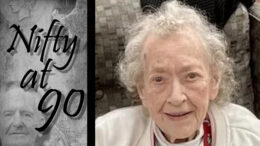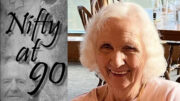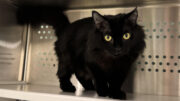Students at Cranberry Elementary School are hatching duck eggs in a project that is both engaging and educational.
“It goes along with Easter and it’s a sign of spring,” Cranberry Elementary principal Robert Horner said Friday. “It lets us spruce it up because we get a little bit of cabin fever this time of year.”
On Friday, the students gathered in a dark room to watch as Horner placed each egg against a bright light to determine viability, a technique known as candling. The duck embryos could be seen moving inside their shells, much to the students’ delight.
Horner said the project takes students above and beyond the standard curriculum.
“They understand embryology, where life begins, the life layers,” Horner said. “We tie math into it as well in terms of what percentage is viable.”
The school started with 31 eggs and, as of Friday, 30 remain viable.
The eggs are kept in a glass display case in an incubator that keeps them at 99.5 degrees.
Horner explained that the eggs can handle a brief cool down as a mother duck will leave the nest for short periods of time to eat and bathe.
“It’s actually quite interesting,” Horner said. “I’ve learned a lot myself.”
Horner related that last year a group of fifth graders wrote him a letter expressing concern that the incubator would be too small for the ducklings to hatch safely. He let them know that the eggs would be moved to a larger incubator as the day approached.
Horner ordered the eggs from a farm company in California using science curriculum funds. Prior to ordering the eggs, he sent adoption letters to parents in the district to make sure all the ducks will have homes.
He also made sure to time his order so the ducks will be hatching on a school day when the students can enjoy the show.


































